A Cadillac's Failure
The story of the M114 is one of a failed opportunity. It was manufactured by Cadillac (General Motors) in the early 1960s, in the context of the Vietnam war as a fast fast and stealthy reconnaissance armored all-tracked vehicle that can perform also communication and control on the battlefield. It was indeed lower than the M113, technically faster, and still amphibious and air-droppable. But from paper to reality, the concept quickly proved unsuited for the Vietnam War and was replaced by the M551 Sheridan. It was retired however in 1979, considered a failure, ending as surplus used by police departments.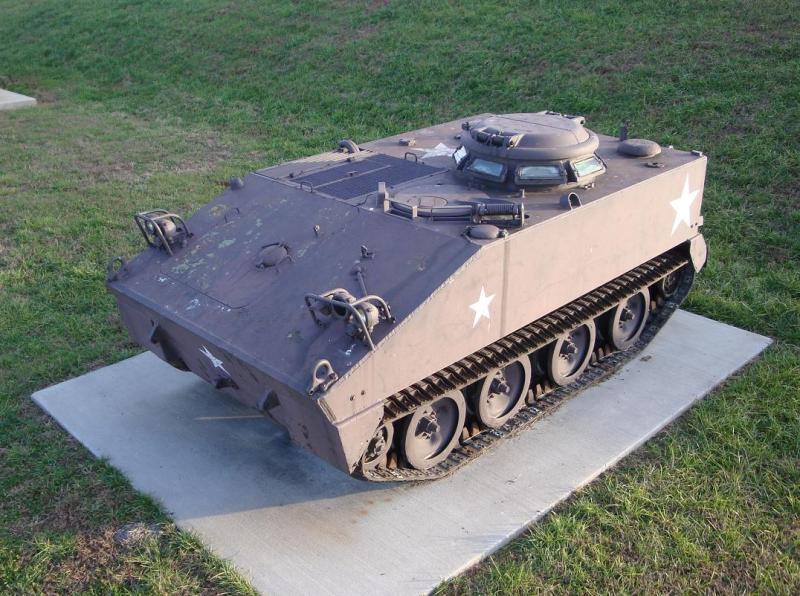
Basic vehicle, top view
In October 1961 the Army awarded General Motors Corporation two contracts totaling $14.9 million for the production of 1,215 T114s. However the vehicle never really gave any satisfaction and production was cancelled in 1964, and the vehicle was retired in 1979.
Design of the M114
Hull and general conception
The final M114 was a lightweight vehicle with a low-silhouette, complementingthe M113 form command and reconnaissance. The hull was sleeker and lower compared to the M113 and it was also constructed of aluminum, for a tota of just 13,100 lb (5.94 metric tons) empty and up to 15,093 lb (6.846 metric tons) in combat order. The hull was simple, with flat sides, flat back, a moderately sloped nose to house the main drive axle and transmission, contrasting in a twice as much sloped plate forward.The vehicle had a three-man crew: The driver was located just after the transmission compartment in the nose, on the flat section of the roof. He had a round hatch opening obliquely to the right, with a central directing periscope and three fixed ones, the central one could be swapped for an infrared system.
Behind him was located the commander, also on the right side, under a large cupola and two-piece hatch opening either side also obliquely. The cupola was dotted with eight vision blocks. There was a pintle to the left supporting the standard M2 Browning HMG. At last, the third crew member, the observer, was seated to the left, under a small hatch hinged back-right. The commander's cupola hatch demanded the latter to be out in the open to operate the .50 caliber machine gun rotating along with the hatch for a 360° traverse.
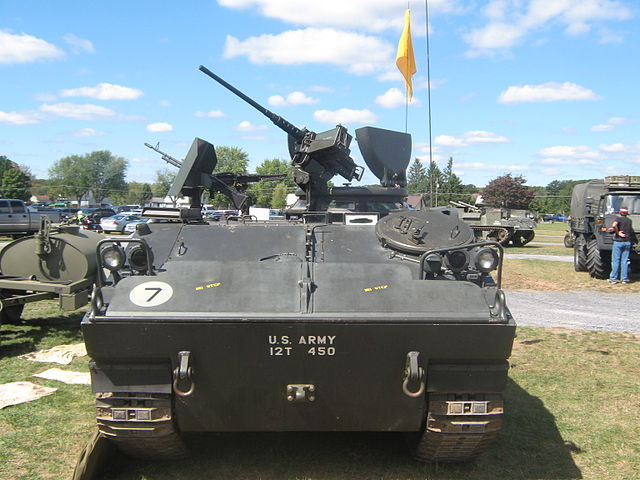
Front view
The crew could also embark and disembark from the single back round access door, hinged to the left and also very singular and unique to the M114. The back plate had hook ears welded as the front plate, plus extra straped at each angle of the hull. Close to these were located the red blacklight. The right roof side saw a mushroom type air exhanger, enabling NBC protection. The same kind of welded metal straps as on the M113 allowed to fit haversacks and extra baggage; The back plate was "busy" with many strapping hooks and locations: A standard jerrycan was strapped to the left, above the mudguard, an axe was strapped above the back door and a shovel as well as spare pickaxes were also strapped there.
Armour protection levels were the same for the M113, with just enough reinforced aluminium to stop rifle bullets and shrapnels. The front plate was protected against 30 mm rounds and AP ammunitions, with a 44.5 mm thick plate (artificially with the slope about 65 mm or more) doubled by the trim vane. The bottom of the vehicle however was weak, and if hit by a mine, the M114 was always a complete write-off. There seems to be an NBC protection but no smoke dischargers for active concealement.
Powerplant and performances
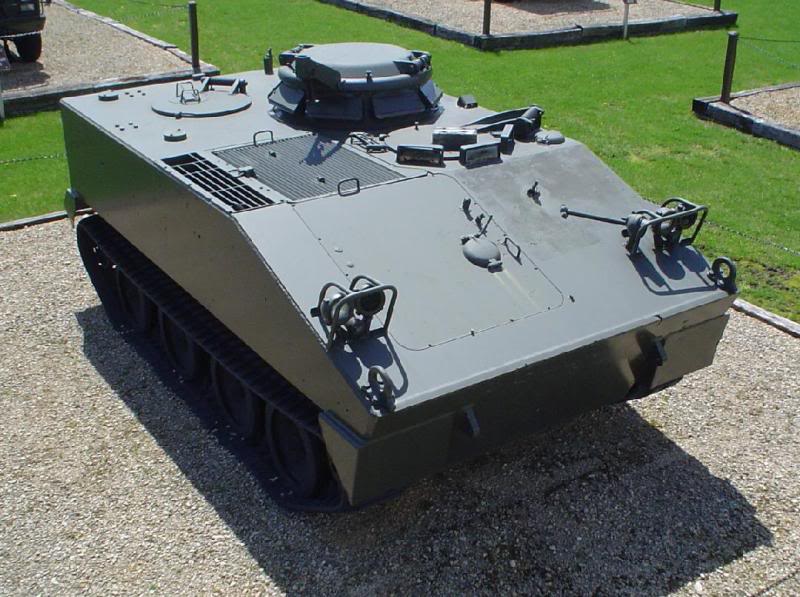
Top view of the M114 preserved at Fort McCoy
The main engine compartment was situated on the left side. Access to the transmission was done through the large bolted hatch on the left of the front plate. Behind it was located the main engine, a Chevrolet V-8 engine with a 283 cubic inch (4.6 liters) displacement, which could be serviced via the opening grille above. The engine was rated at 160 horsepower. There was another fixed main exhaust grille onthe left side of the roof. The drivetrain differed in several ways compared to the M113. It only had four roadhweels, of a smaller, different model compared to the M113, but broadly similar front drive sprockets and idlers at the rear. The track design was also slightly different, with larger pins, and both vehicle had few interchangeable parts;
The M114 had a top speed of 36 mph (58 km/h). For tactical mobility it was amphibious, floating, with a trim vane erected forward, and a bilge pump activated, but no propeller or tail, so it was propelled by its tracks. The vehicle was light than the M113 and its tactical mobility remarkable, as it was light enough to be transported by cargo aircraft and paradropped, but also by some helicopters, like the Sikorsky Tahre.
Armament
Like the M113 a variety of options were provided to mount light and heavy machine guns. The updated M114A1 allowed to fire the main machine gun from the inside, thanks to a dedicated manual traverse and elevating mechanism. The M114A2 (or M114A1E1) had a hydraulically powered cupola with a M139 20mm cannon mounted on top, making the vehicle an armoured fighting vehicle. The observer in the rear could also operate an M60 7.62mm machine gun mounted on a pedestal. In addition there was stowage on the inner rear door for three M72A1 "LAW" anti-tank rockets, making for a a pretty good firepower for such vehicle. In theory there was enough space inside the rear compartment to house two or three extra troops, but the space was too cramped and not intended for the purpose. It existed also for the main cupola HMG and the rear M60 optional individual shields.Variants
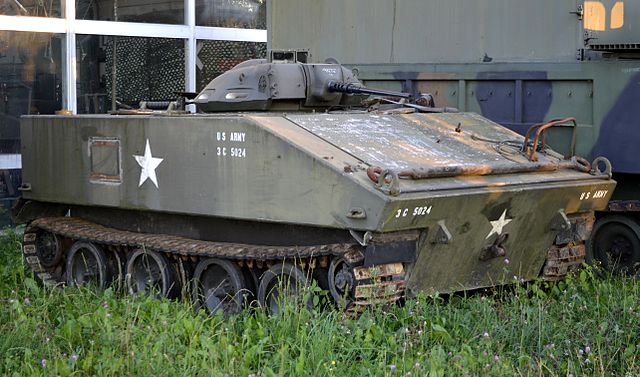
M114A1
-T114: Test version (1957-60), mounting a M40 recoilless rifle (BAT).
-M114: standard Production version
-M114A1: It was given a new, manually powered enclosed commander's weapon station similar to the M60A1, with the .50-cal fired from inside. The vehicle also had a reinforced trim vane.
-M114A2: M114A1E1 (1969) exp. IFV version fitted with a Hispano-Suiza (M139) HS.820 20 mm gun and hydraulically powered cupola.
-T114 (BAT): Tank Destroyer variant: M40 106 mm BAT recoilless rifle with autoloader. Only a few procured, never in service or developed further.
M114 specifications | |
| Dimensions | 4.46 m x 2.33 m x 2.39 m |
| Total weight, battle ready | 15,000 lb (6,800 kg) |
| Crew | 3: Pilot, Commander, Operator |
| Propulsion | Cadillac v8 gasoline 160 hp (120 kW), p/w 23 hp/t |
| Suspension | Torsion bars |
| Speed (road) | 58 km/h (36 m/h) |
| Range | 443 km |
| Armament | See notes: Regular 0.5 in cal; M2HB, M60 - A2 20 mm gun|
| Armor | Max 44.5 mm front plate, 0.5 in all around |
| Total production | 1,215 until 1975 |
The M114 in action
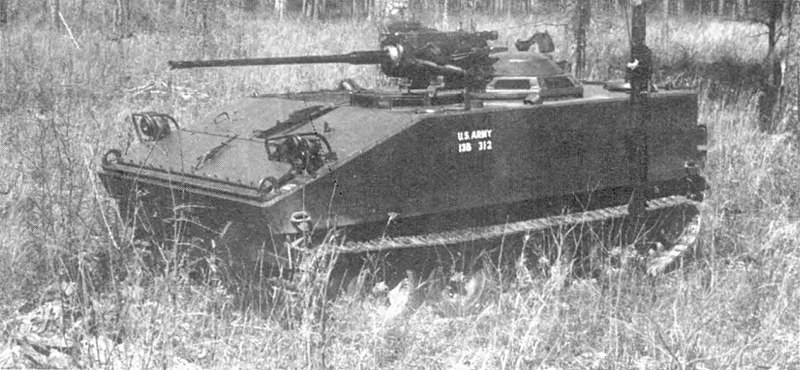
M114 A2 tested in Vietnam
The new vehicle was ready to join the Vietnam War in early 1964 for initial tests. Improvements were made before it was sent and there, it was given the same ACAV set (Armored Cavalry Assault Vehicle), a kit designed and provided to the M113 and M551 Sheridan tank. But there, the M114 armored reconnaissance vehicle proved inadequate. It was retired soon from test units, never deployed operationally deployed in large scale: It proved mechanically unreliable, to be underpowered and thus, failing to achieve sufficient performances cross country. In addition it was especially not resistant to land mines where the M113 was still recoverable after a hit;
By November 1964, the M114 were removed and replaced by M113 ACAV fitted for C and C. Combat experience of the M114 in Vietnam was ignored by the high command and the vehicle was fielded instead to reconnaissance units in Europe, Korea and the National Guard in the US. In 1973, General Creighton Abrams publicly decounced the M114 as a clear-cut failure and ordered it's withdawal from all units of the US Army. Budget constraints however delayed it's replacement for years by modified M113s so it's use went on until 1976 or even 1978. The 3rd Armored Cavalry Regiment was the last reporting the M114 in its inventory, by late 1979, the last being replaced in early 1980. They went instead for some more years to the National Guard and reserve units; The last were retired for good in the late 1980s.
However the M114 still saw service in 1970-73 in Vietnam, but with the ARVN. The latter used the M113 for their mechanized rifle squadrons and M114s in reconnaissance squadrons, each having its proper headquarters troop and three troops for six M114s total. Eighty equipped four reconnaissance squadrons for the South Vietnamese Army. If not sabortages, they were captured by North Vietnamese troops after the fall of Saigon but their fate is unknown.
Eventually the M114 was replmaced by the much better US-Canadian FMC M113 Lynx, this time derived from the M113 and not a new-built, but still small and sharing most components into a new hull and shortened chassis. Perhaps what the M114 was to be in the first place...
Sources & Read More
Books
Links
On russian-tanks.comOn afvdb.50megs.com
On aminoapps.com
On russian-tanks.com
nationalinterest.org
wikipedia.org
afvdb.50megs.com
web.archive.org
eaglehorse.org
militaryfactory.com
archive.armorama.com
M114 in Salvadoran service
memorialmuseum.org
quora.com
Videos
M114 Custom First Test Run James KelloThe Resurrection - Jame Kello, full renovation
M114 OSMW M114 run, James Kello
Model Kits
On scalemates.comOn themodellingnews.com
Illustrations
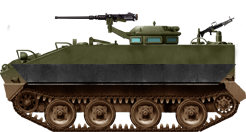
M114 prototype with the mudguard up, later cancelled
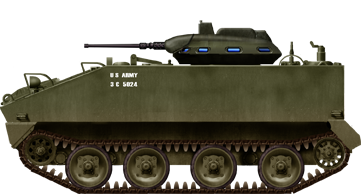
M114A1
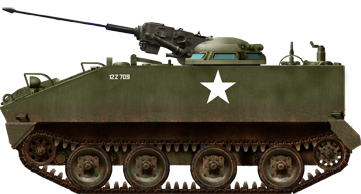
M114A2 (20 mm M139) Tested, now preserved in Saumur Museum
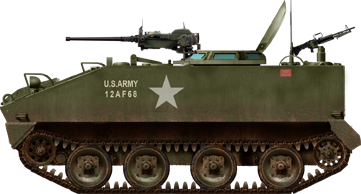
M114A1 CRV in Vietnam, 1969
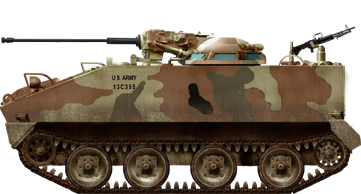
M114A2 of the National Guard, 1980
Photos
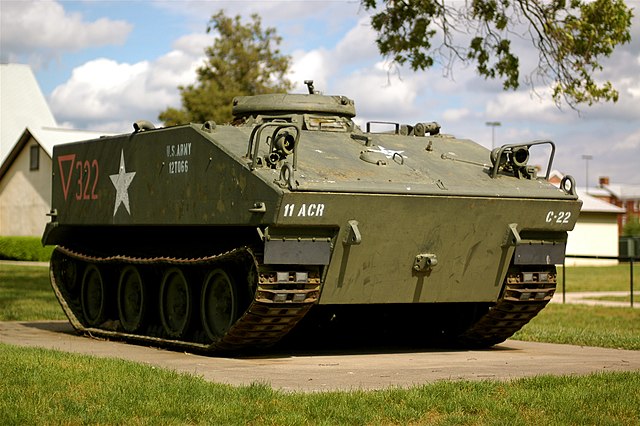
A preserved vehicle in operational colors

M114 A IFV being tested
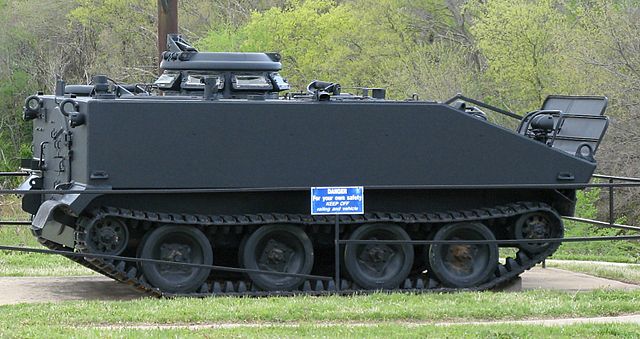
Preserved vehicle
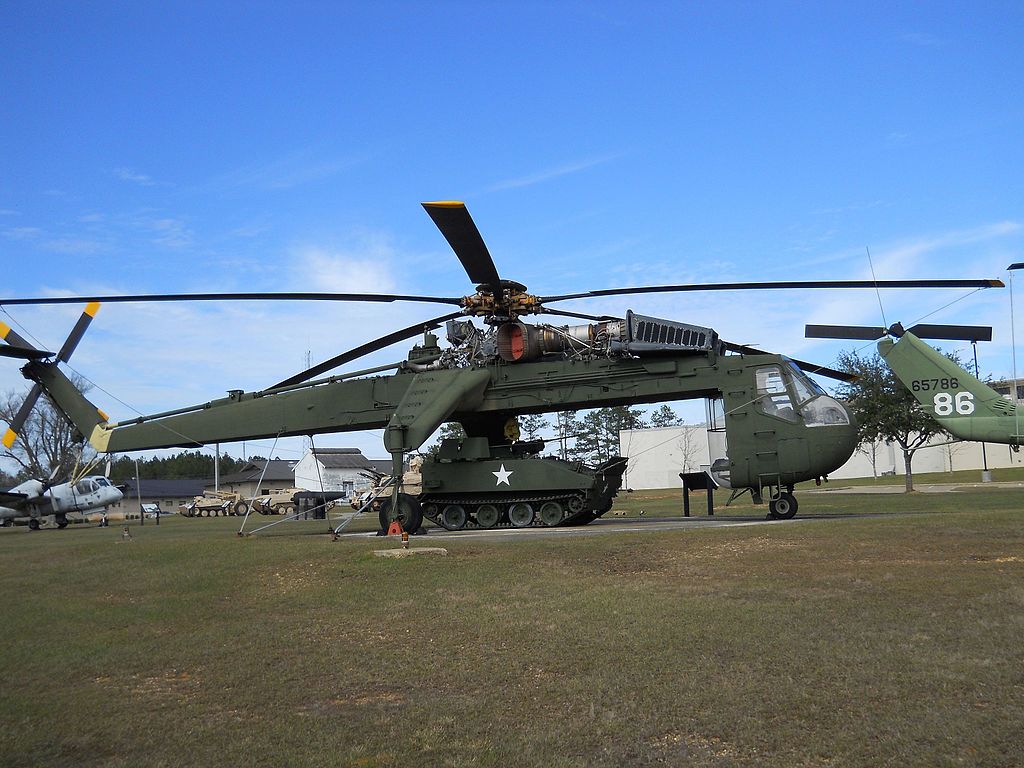
Under a CH-54 Tarhe Skycrane
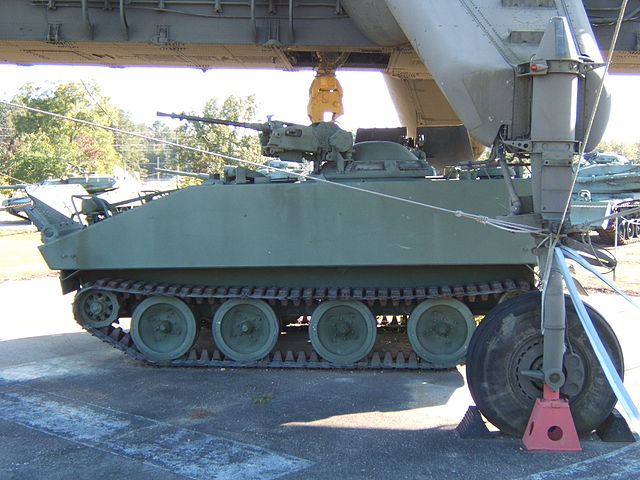
Close View of the same
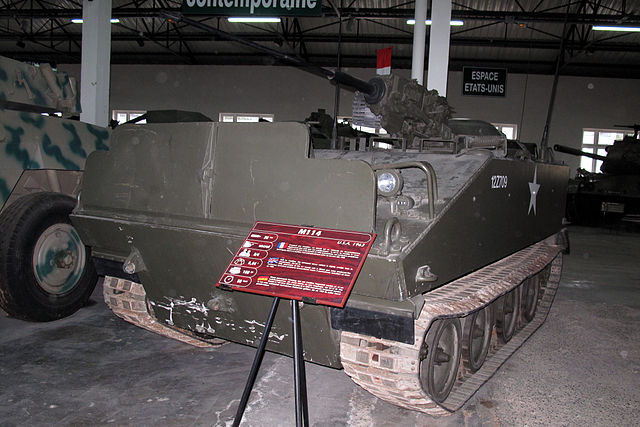
M114 At Saumur
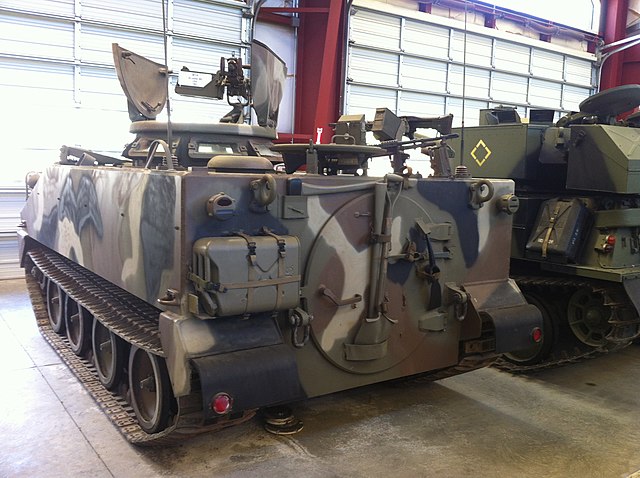
Military Vehicle Technology Foundation Museum, June 2012
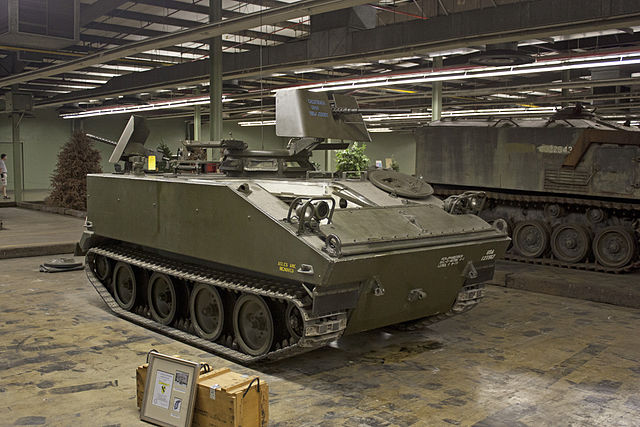
M114 Command and Reconnaissance Carrier at the American Armoured Foundation Museum
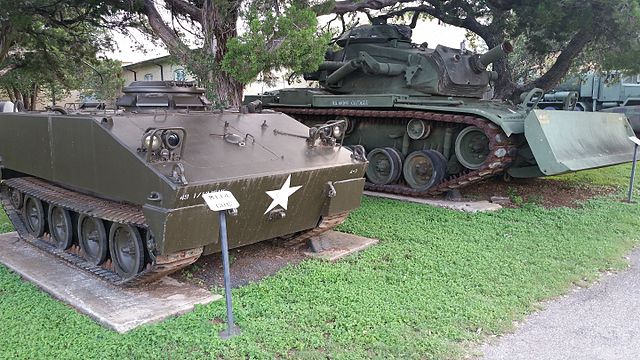
With a M728 in the background, as part of the Texas Military Forces Museum
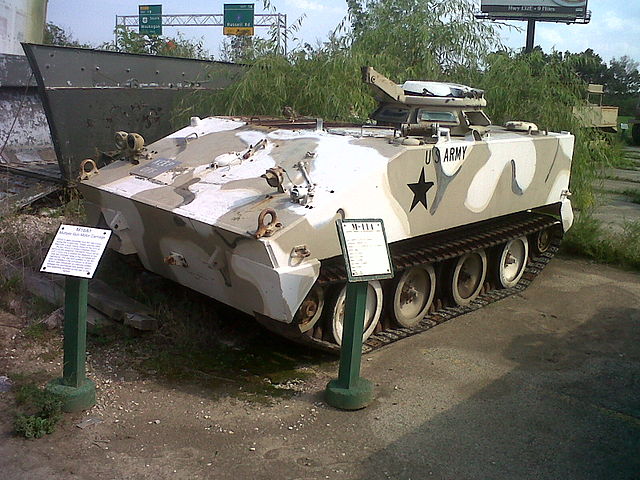
M114 With fantasy colors, location unknown
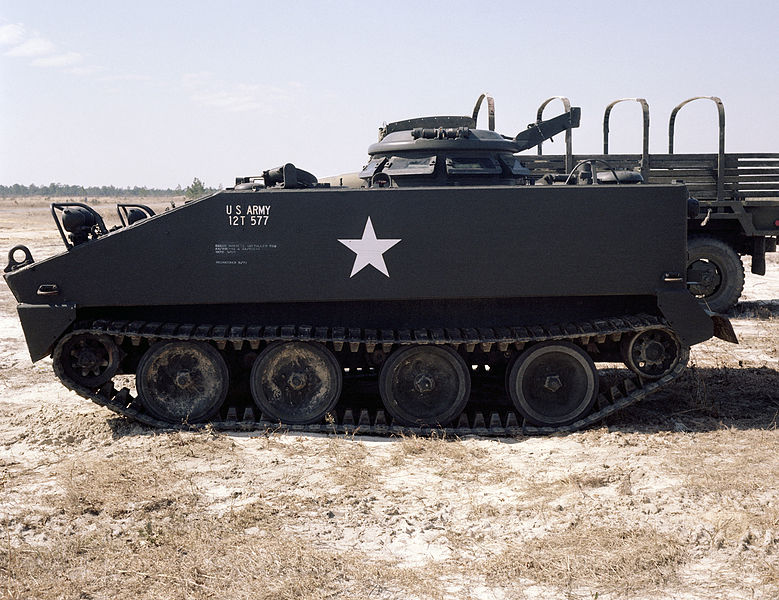
Another tests M114 seen from the right side.
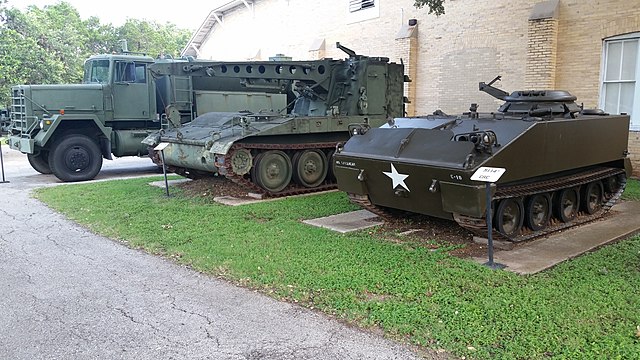
M919, M578 and M114 at the Texas Military Forces Museum

Cold War Tanks


































Cold war tanks posters

Cold War Main Battle Tanks

Cold War Soviet Army
Museums, Movies, Books & Games
The Tanks and Armor in pop culture
Tanks and armored vehicles in general are only really grasped when seen first person: The mass, the scale, it's all there. Explore also the way tanks were covered in the movie industry, in books and in video games.Movies:
Best tanks movie on warhistoryonline.com
On imdb.com
On bestsimilar.com/
miltours.com
liveabout.com/
watchmojo.com
Video Games:
pcgamesn.com
historyhit.com
levvvel.com
vg247.com/best-tank-games
mmobomb.com/
alienwarearena.com

